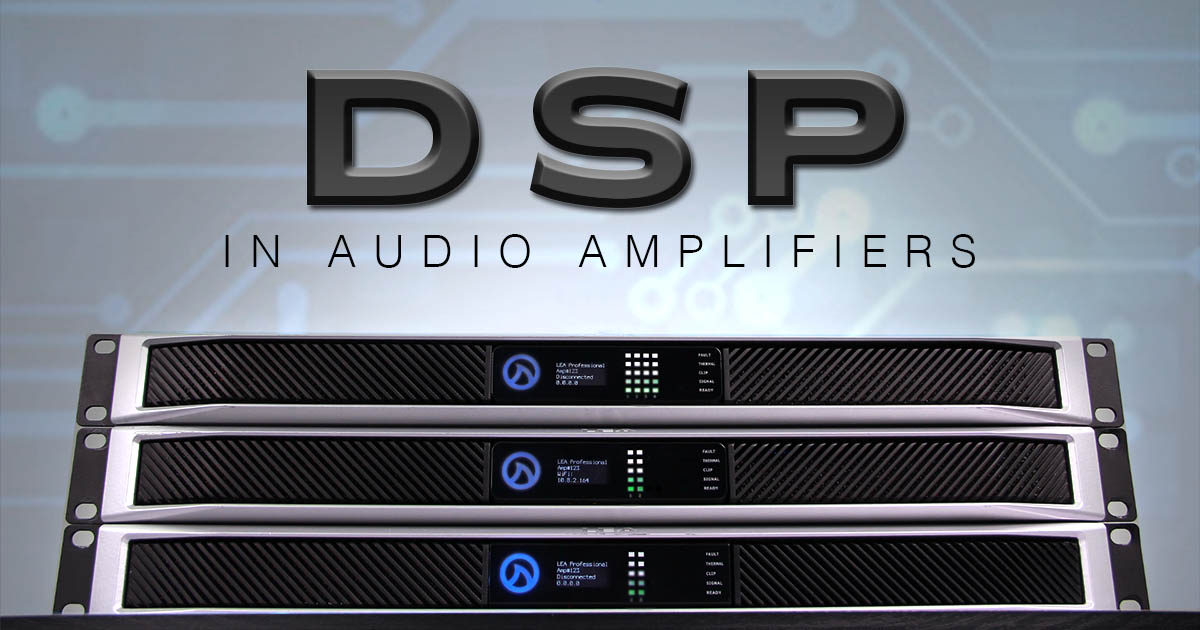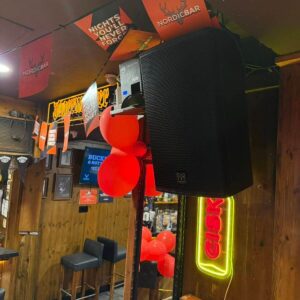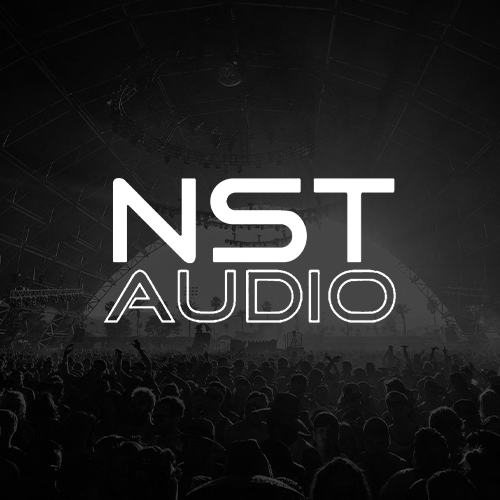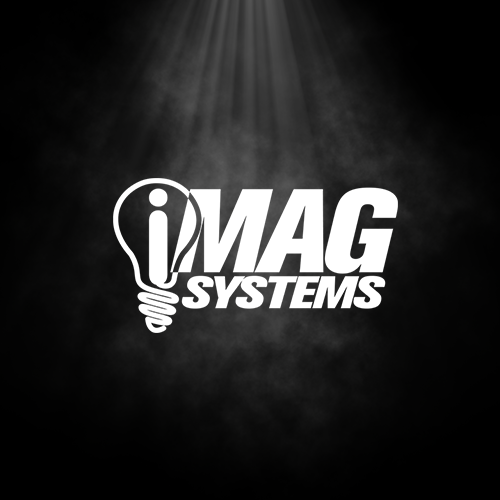DSP In Professional Audio Amplifiers:
Using pro audio amplifiers with built-in DSP has become the standard practice for many pro AV system installers. But still, you might ask yourself, “why do a large majority of installers dish out the extra dough for a DSP amp over its analog counterpart.” While fully analog gear does serve a certain purpose and also holds an ere of pride and nostalgia, there are countless benefits to designing and installing systems with DSP-based amplifiers at the core.
WHAT IS DSP?
DSP IN PROFESSIONAL AUDIO AMPLIFIERS
DSP stands for “digital signal processing”. It is the process of directing an audio signal through computer-based processing algorithms in order to alter the characteristics of the signal’s timing, spacial traits, frequency, or phase.
WHAT ARE THE BENEFITS OF DSP?
DSP IN PROFESSIONAL AUDIO AMPLIFIERS
Frees up rack space
Before DSP, you had to load your equipment racks with analog gear like delay units, reverb units, crossovers, equalizers, and more. And, much of that gear was large and heavy, taking up multiple rack units per unit. But now, with DSP, you can still take advantage of the power and flexibility of that analog gear, without overcrowding your rack. Now, all of your input routing, room tuning, speaker tuning, and limiting is just built into the amplifier! And if you use an amp such as our CONNECTSERIES, it’s all built into a one rack unit amplifier. Equipment racks everywhere are smaller, lighter, and cleaner thanks to DSP!
Requires Less Cables
To piggyback on the previous benefit – less gear = less cabling. We’ve all seen or heard about the installer horror stories. You show up to troubleshoot a client’s system, walk into the rack room, turn on the lights, and find yourself tangled in a nest of network cables. Some people might reach their zen mode spending hours tracing and untangling cables, but for most of us, it’s a headache. Thanks to the addition of DSP in professional audio amplifiers, not only do you eliminate extra gear (and therefore, extra cables), but DSP also opens the door to digital signal routing. You don’t need to use physical cables to design your signal chain anymore. Using a digital input router, you can route any input to any output – and with Dante, it’s just an ethernet cable.
Simplifies System Design
Based on the last two benefits, this one can probably be implied. However, it’s important to note that less gear, means less to physically plan, purchase, carry, unbox, install, wire, and test. PLUS – less gear and cable also add the benefit of potentially less electronic failures and troubleshooting.
For many installers, there is also something to be said for digitally mapping signal flow. It’s easier to visualize, test, and make changes.
TYPES OF DSP
DSP IN PROFESSIONAL AUDIO AMPLIFIERS
Delay – Digital delay is one function of DSP that is commonly used during system installations. Installers use delay to correct the timing issues of audio between zones of speakers that span across a distance. When speakers are installed too far apart from one another, the audio signal travels back to the listeners ear at different times, resulting in echoing signals. To correct this, installers add different amounts of delay to different speakers and zones in order to ensure the audio signals all meet the listeners ear at the same exact time. This results in a crisp, clear audio signal.
Crossover – Crossover is used to split the source audio signal into multiple frequency bands that are then sent to different types of speakers. The reason for this is that not all speakers are created equally. Some speakers are optimized for lower frequencies such as subwoofers while others are optimized for high frequencies such as tweeters. Once the signal is run through the amplifier’s crossover, it extracts the high frequencies and sends them to the appropriate speakers and it extracts the low frequencies to send to the subs. This results in a clearer and well-defined listening experience with less noise and distortion.
Compressors – Compressors are used to limit the overall dynamic range of an audio signal. This ensures that the signal will never dip below a certain listenable range and also never go beyond a peak range where potential damage could result to the loudspeakers due to sudden level burst. While this can be a helpful tool in some instances, adding compression has a reputation for reducing audio quality and taking “the life” out of the signal.
Signal Routing – Digital signal routing provides a huge convenience to AV installers. It makes it simple to quickly reroute audio signals from any input to any output without having to unplug and physically move cables. Tools such as the input routing matrix provided by our Web UI, provide an easy one click routing option.
Signal Generator – Signal generators are typically used for system testing and tuning. By generating high demand signals such as pink noise, white noise, and sine waves, AV installers can identify problematic frequency ranges withing their installs such as clipping points and distortion or test their systems before the input source is hooked up.
Equalization – Think of equalization as frequency-specific volume knobs. Commonly used for system tuning, it allows you to adjust certain frequency ranges individually to achieve the desired frequency response, producing the tonal balance you desire.
Limiter – Limiters are used much like compressors to limit the peaks of an audio signal in order to prevent clipping or distortion. However, unlike compressors that typically roll off the signal in a gradual manner, limiters are more of a hard stopping point. Limiters are often used in tandem with compressors. The compressor will be the initial signal roll-off and the limiter is set to be the last line of defense against signals that may peak and cause unwanted distortion.
So even though we have only just begun to scratch the surface of the possibilities of DSP in professional audio amplifiers, you can clearly see the added benefits to your overall system installs. That is why every CONNECTSERIES amplifier comes with built-in DSP that is intuitively controlled through our Web UI and CLOUD platform.













